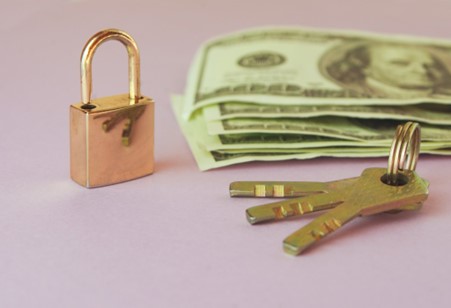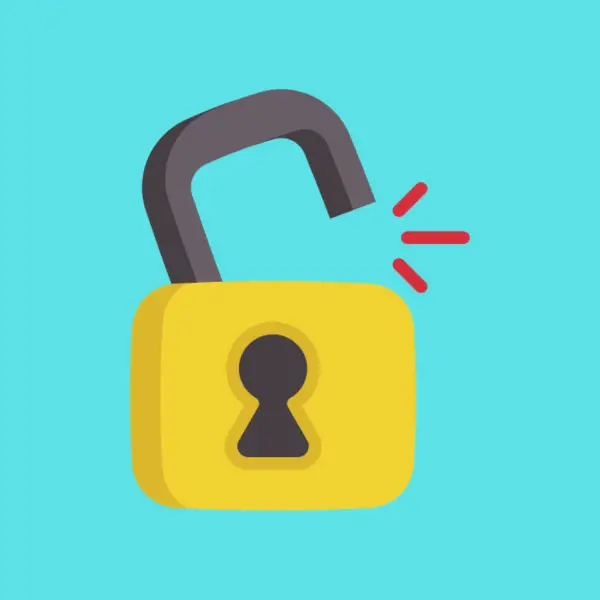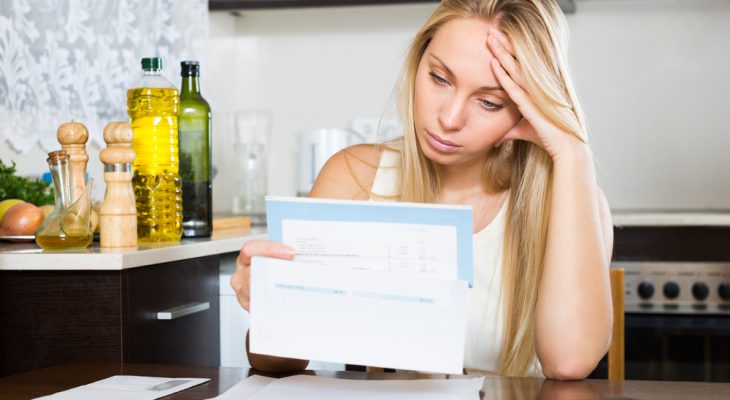Nowadays, the financial sector is filled with numerous financial offerings designed to simplify the lives of bank clients and other consumers. Products like unsecured loans stand out for their convenience and adaptability, primarily because borrowers don’t have to secure the loan with any valuable asset to access the funds.
Thanks to the popularity of this financial product, there is a proliferation of banks and financial institutions that now offer it. This, therefore, makes it difficult for one to decide without considerable research and due diligence. You can check out: https://www.billigeforbrukslån.no/beste-forbrukslån/ for some ways of doing due diligence on the best lender to work with.
In this article, we will endeavor to demystify the entire process of checking out and picking the best unsecured consumer loan and give you tips that would help you along.

Understanding Unsecured Consumer Loans
Before you can go ahead to make the right choice of which loan is best for you, you need to have at least a basic understanding of what these types of credit facilities entail. We will therefore go ahead to discuss some of these basics:
Definition and Features of Unsecured Consumer Loans
This type of loan is one in which the borrower is granted a credit facility without putting down any asset of equal or more value. The only criteria for qualifying for this facility include the borrower’s creditworthiness and their capacity to pay back.
The most common types of unsecured consumer loans are credit cards, personal loans, and lines of credit. These loans are the opposite of secured ones which include mortgage and auto loans that must be backed by collateral.
Major Differences Between Secured and Unsecured Credits
The major difference between these two types of credits is the issue of collateral. The secured ones are backed by collaterals while the unsecured ones are not. So, for example, if you apply for a loan to buy a house (this is known as a mortgage), you have to put down an asset of equal or higher value than the amount for which you are applying.
Most often, the asset pledged is usually the house that was purchased with the funds. If for any reason the borrower in a mortgage default on payment, the house will be repossessed by the lender and used to recover the funds. This, therefore, makes the loan less risky for the lender because there is an asset that can be used to recover the debt. This in turn makes the interest rate on the loan lower than its counterpart.
Unsecured loans, on the other hand, are considered riskier for lenders because there is no asset to repossess for the recovery of the debt. That is why the interest rate is usually higher than for the secured ones.

Benefits and Considerations of Unsecured Loans
Unsecured loans come with a number of advantages for consumers. The first and major benefit is that the borrower does not have to pledge any asset, and this removes the risk of them losing their asset. Another benefit is that the process of applying for this type of credit is usually faster and less complicated than that of secured ones. Finally, this loan is flexible as it allows the borrower to use the funds as they desire.
That being said, there are considerations to bear in mind for this type of loan. Due to the fact that there is a requirement for collateral, lenders rely basically on the creditworthiness of the borrower. This, therefore, means that any individual that has a low credit score is likely to face challenges getting approved for a loan. Those who get approved, however, should expect higher interest rates.
More so, the lack of collateral for these loans exposes lenders to higher risks which in turn makes them impose more stringent requirements for eligibility or make the repayment duration shorter.
All these mean that the borrower has to carefully assess their finances, their ability to repay, and the terms and conditions before they sign any loan agreement.
2 Factors to Consider Before Applying for an Unsecured Consumer Loan
You cannot just go ahead to apply for any type of credit facility without considering all that it entails. You also need to look at how the loan will affect you in all ramifications. In this segment, we will look at some of these factors: –
Your Borrowing Needs and the Purpose of the Loan
One important fact you need to consider even before you start to apply is your borrowing need and the reason you need to take the loan. You may need funding for a new house or car or home improvement. You may also need money to fund some personal expenditures.
A clear determination of what you need the money for will inform you of the type of credit for which you will apply. This is especially important because taking out a particular type of loan that does not fit your specific need may be counterproductive. For example, if you need money to fund your tertiary education and you take out a personal loan, this will not work well for you.
A student loan will be more appropriate because the repayment period starts after you graduate and start earning an income. The repayment period of a personal loan, however, will not consider your graduation or whether you have started earning an income.
Your Credit Score and Credit History
A person’s credit score is the numerical representation of their creditworthiness. This is measured based on how they handle their financial obligations; do they pay their credit card bills on time? Do they service the debts that they have as of when due? People who pay their bills on time and service their debts regularly and appropriately are awarded high scores while those who do not are awarded low scores.
A customer with a low credit score is considered a high-risk borrower while one who has a high score is considered a low-risk borrower.
The sum total of your credit card bill payments, proper servicing of outstanding loans, and prompt fulfillment of all financial obligations make up your credit history. Ensuring that your credit history is devoid of payment notes and other negative reports will enhance your chances of getting approved for unsecured loans with favorable terms and conditions.
How to Access Unsecured Loans
There are several steps to accessing an unsecured loan and they are as follows: –
- Check your Credit Score – We have discussed the basics of credit scores and how they affect your chances of getting favorable loans. It, therefore, goes without saying that knowing your credit score is a key step to assessing the funds you need. If there are any issues with your score, it is best to resolve them before applying for an unsecured loan. Click here for more information on this.
- Research as Many Lenders as Possible– Look out for as many lenders as possible, both conventional and unconventional ones. After you have gathered many options, check their loan terms, their interest rates, and the criteria for eligibility and compare them. This will enable you to get the best option for you.
- Find all the necessary documents needed for the type of loan you want and get them ready. These documents may include a letter of employment, bank statement, proof of income, ID, and tax returns.
- Apply for the loan.
- Waiting for approval.
- Review the terms and conditions of the loan and sign off on it if you agree. Ensure that you read the fine print so that you will not be blindsided by any condition in the agreement.
- Receive the funds.
Conclusion
Getting the best unsecured loan for you is not something that can happen without some input on your part. You need to do your due diligence to be sure that the choice you are making is the best for you. Take note of the info shared so that you will know what to do when the time comes.





